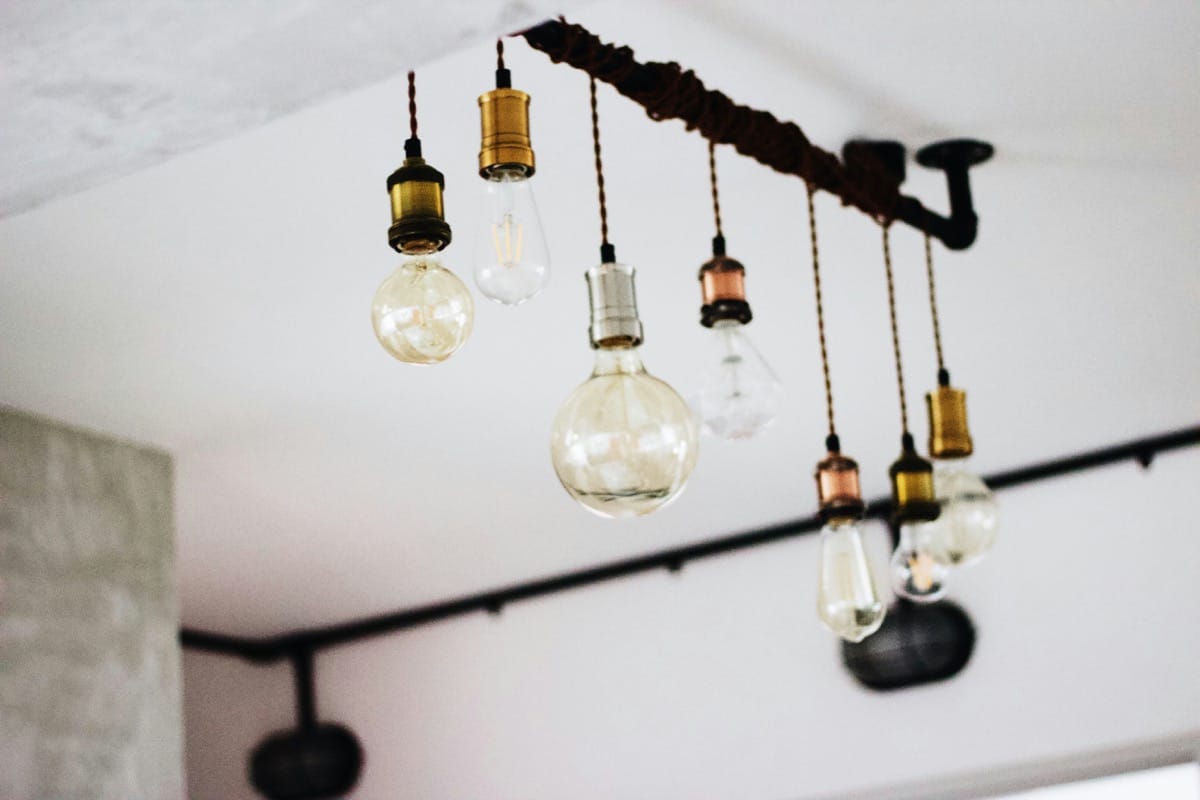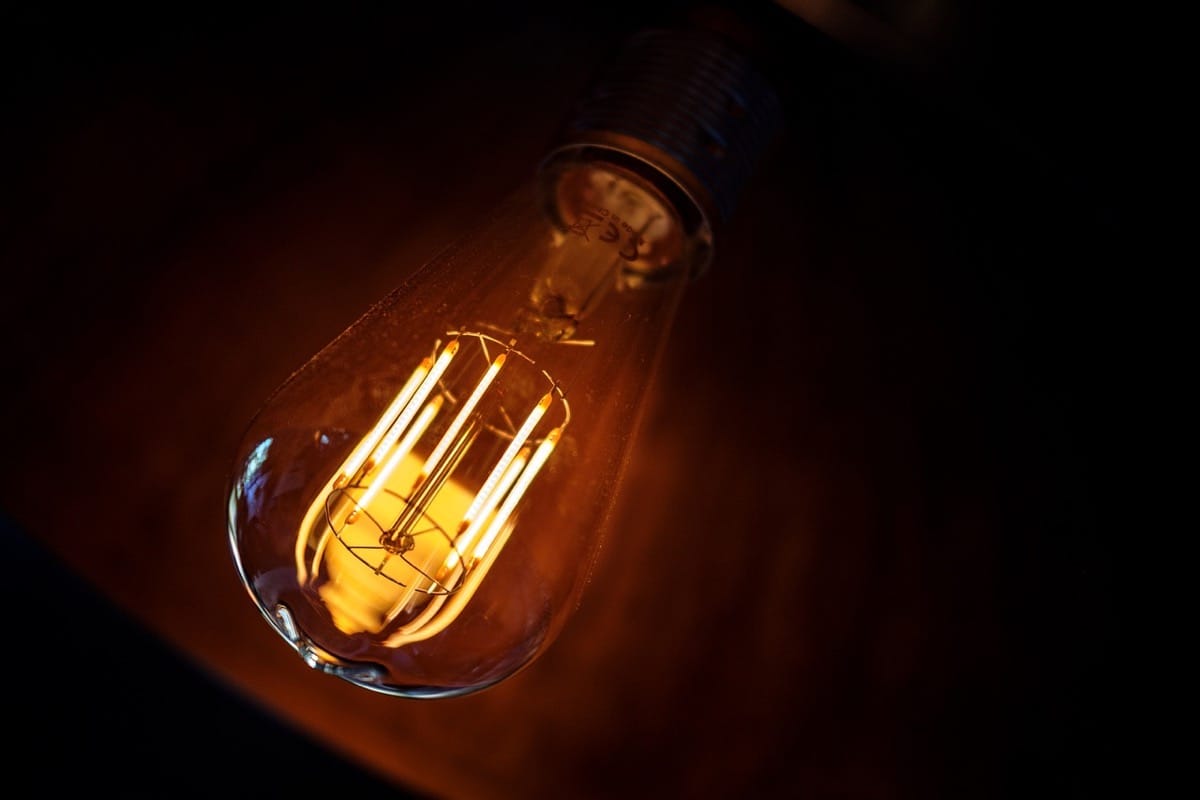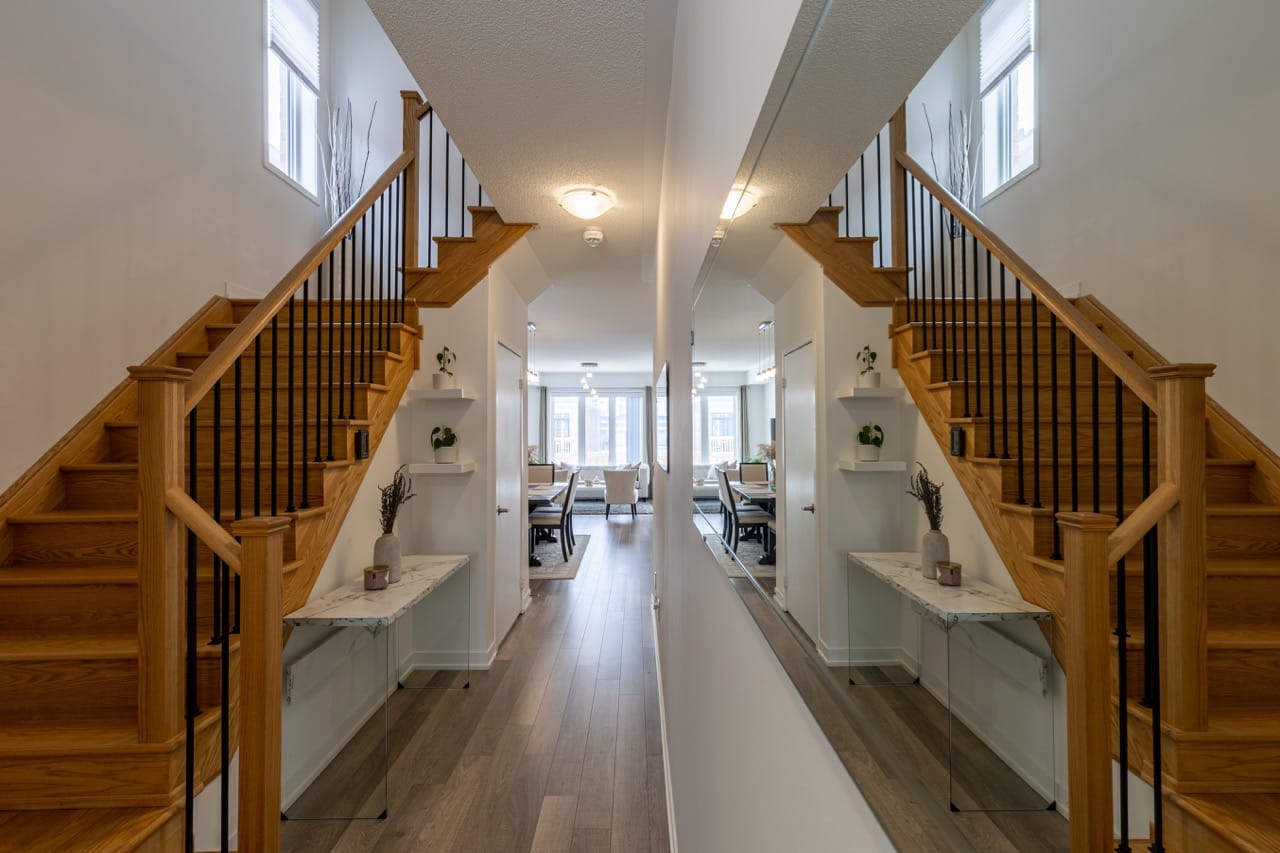In this comprehensive guide, we delve into the world of LED bulbs and offer you a step-by-step tutorial on how to effortlessly install them in your space. As an expert in lighting solutions, I am here to share with you the simplicity and efficiency of upgrading to LED bulbs.
LED technology has revolutionized the way we illuminate our homes, providing energy-efficient and long-lasting lighting solutions. By following our easy-to-follow instructions, you can seamlessly transition to the superior performance of LED bulbs. From selecting the right bulbs to the actual installation process, we’ve got you covered every step of the way.
Say goodbye to outdated and inefficient lighting and embrace the brilliance of LED technology. Join us on this enlightening journey as we empower you to transform your space with the installation of LED bulbs. Let’s illuminate your world with energy-efficient and eco-friendly lighting solutions.
Preparing for Installation
So, you’ve decided to make the swap to LED bulbs. Congratulations on choosing a more energy-efficient and environmentally-friendly lighting option!
Gathering the Necessary Tools
Before diving into the installation process, it’s crucial to ensure you have all the required tools handy. Be prepared with a ladder, a flathead screwdriver (for certain fixtures), and, of course, your new LED bulb.
Turning Off the Power
Safety first! Before touching any light fixture, make sure to switch off the power from the circuit breaker. This step is essential to prevent any accidents or electrical shocks during the installation.
Removing the Old Bulb
If you’re replacing an existing bulb with an LED, carefully unscrew and remove the old bulb from the fixture. Using a gentle twisting motion, ensure you don’t break the bulb or damage the fixture in the process.
Inserting the LED Bulb
Now comes the exciting part – installing your new LED bulb. Align the base of the LED bulb with the socket in the fixture and gently twist it clockwise until it’s securely in place. Remember, LED bulbs are sensitive, so handle them with care.
But wait, before you try out your newly installed LED bulb, there’s one more crucial step…
Testing the New LED Bulb
After successfully installing the LED bulb, turn the power back on and switch on the light to test if everything is in working order. Enjoy the bright, energy-efficient glow that LED bulbs provide.
But beware of some potential hiccups along the way…
Common Installation Mistakes to Avoid
- Forgetting to turn off the power before installation.
- Overtightening the LED bulb, which could cause damage.
- Choosing the wrong size or type of LED bulb for your fixture.
Gathering the Necessary Tools
Before diving into the world of LEDs, make sure you’re armed with the right tools. Installing LED bulbs doesn’t have to be a daunting task, especially when you have everything you need within reach. Here’s a breakdown of the important tools to have in your arsenal:
Scoping Out the Essentials
First things first, remember to gather all your tools before you start the installation process. It will save you time – do you really want to be running back and forth to grab what you need?
- Screwdriver
- Step ladder
- Needle-nose pliers
- Most importantly, the LED bulb itself
Inspecting Your Workspace
Take a quick look around your space. Is it well-lit? Can you move around freely? Are there any obstacles in your way that could trip you up? A little preplanning can ensure a smoother installation process.
- Clear the area around the fixture.
- Ensure the power source is turned off to avoid any electrical mishaps.
Setting up for Success
Think of yourself as a diligent craftsman, meticulously setting up your workspace before starting a delicate project. Installing LED bulbs is an art form, and you want to bring your A-game.
Now that you’ve gathered your tools and prepped your workspace, you’re ready to delve into the enchanting world of LED lighting. But remember, take your time, focus on each step, and soon you’ll be basking in the glow of your energy-efficient LEDs.
Turning Off the Power
Before you start diving into installing your new LED bulbs, let’s talk about a crucial step: turning off the power. This step is super important for your safety and to prevent any electrical mishaps.
Why Turning Off the Power Matters
Imagine trying to install a light bulb while it’s still powered on—it’s like trying to change a car tire while the vehicle is in motion! Not only is it dangerous, but it also increases the risk of electric shock or short circuits.
Simple Steps to Turn Off the Power
1. Locate your electrical panel.
2. Identify the correct circuit breaker for the room you’re working on.
3. Switch off the circuit breaker to cut off power to the light fixture.
4. To be extra safe, use a voltage tester to ensure there’s no electricity running through the wires.
Turning off the power might seem like a hassle, but trust me, it’s a small price to pay for your safety. Plus, it takes only a minute or two to complete this step, so why take the risk?
So, before you start unscrewing that old incandescent bulb, make sure those electrons are safely tucked away in their circuits.
Removing the Old Bulb
So, you’ve decided to upgrade to energy-efficient LED bulbs – congratulations on your choice! Now, let’s get to the nitty-gritty of the installation process. First things first, you need to bid adieu to your old incandescent or CFL bulb before you can welcome the bright, long-lasting glow of your new LED bulb.
Switching Off and Step-by-Step Removal
Switch off the power to the light fixture from the circuit breaker to avoid any electrical mishaps. Here’s how you can remove the old bulb:
1. Let the old bulb cool down if it was recently in use. Not doing so may result in burns.
2. Carefully twist the bulb counterclockwise to loosen it from the socket.
3. Gently pull out the old bulb from the socket, being cautious not to break it.
Why Is It Important?
Removing the old bulb might seem like a tedious chore, but it’s crucial for a safe and successful LED bulb installation. Just like decluttering a space before redecorating to make room for new and better things, removing the old bulb clears the way for the brighter and more efficient LED counterpart.
This step also ensures that the new LED bulb fits seamlessly into the socket, providing you with uninterrupted illumination and energy savings.
And if you’re wondering whether skipping this step is acceptable, think of it as trying to fit a round peg into a square hole – it just doesn’t work efficiently. So, take a moment to bid farewell to your old bulb and prepare for the illuminating transformation ahead.
Inserting the LED Bulb
Getting Your LED Bulb into Place
Now comes the moment of truth – installing your brand new LED bulb. It’s time to shed some light on this process! But before you get started, make sure the power is still off from when you removed the old bulb. And never forget that safety should always come first when handling electrical components.
Simple Steps to Successfully Insert Your LED Bulb
Here are some straightforward steps to smoothly transition from the old to the new:
- Hold the LED bulb by the base, ensuring not to touch the bulb itself.
- Align the pins or base of the LED bulb with the socket in the fixture.
- Gently insert and twist the bulb clockwise until you feel it securely lock into place.
- Don’t rush, ensuring you’ve properly secured the bulb in its socket before continuing.
Why Inserting the LED Bulb Correctly Matters
Properly installing your LED bulb ensures not just a well-lit space, but also efficient energy consumption and longevity for your bulb. Remember, the right installation today means a longer lifespan for your LED investment tomorrow. It’s like planting seeds that’ll grow into a beautiful, energy-efficient garden of light!
So, when it’s time to insert your LED bulb, think of it as placing the cornerstone of a bright and efficient lighting system in your home. Take care, follow the steps carefully, and you’ll soon be basking in the glow of your successfully installed LED bulb!
Testing the New LED Bulb
Congratulations on successfully installing LED bulbs in your home! Now comes the moment of truth – testing out your newly installed LED bulbs to ensure everything is working as it should. Follow these simple steps to make sure your lighting is bright and efficient:
Switch on the Power
Head over to your circuit breaker and flip the switch to turn the power back on. Then, head to the room where you installed the LED bulb and switch on the light fixture.
Observe the Light
Take a moment to observe the quality of light produced by your new LED bulb. Notice how bright and crisp the lighting is compared to traditional incandescent bulbs.
Check for Flickering
Watch out for any flickering or dimming of the light. LED bulbs should provide steady illumination without any noticeable flicker, so if you see any, it may indicate a problem with the connection.
And remember, LED bulbs take a few seconds to reach their full brightness, so don’t panic if they don’t instantly light up as brightly as you expect.
If everything looks good, congratulations – you’ve successfully installed and tested your new LED bulb! Enjoy the energy savings and long lifespan that LED technology provides.
Common Installation Mistakes to Avoid
So, you’ve got your shiny new LED bulbs ready for installation, but before you start getting all excited, let’s go over some common blunders that many people make when installing LED bulbs. Nothing derails a smooth installation process like making mistakes that lead to frustration and potentially damaged bulbs, so let’s steer clear of these pitfalls.
Skimping on Preparation
Before you dive into the installation process, take the time to familiarize yourself with the steps involved. Rushing through or skipping over crucial details can lead to errors that could have been easily avoided. Think of it as studying for a test—preparation pays off!
Ignoring Safety Precautions
**Safety** always comes first, and when dealing with electrical components like LED bulbs, it’s essential to turn off the power source before starting the installation. Neglecting this step can result in electric shocks or other accidents that could have serious consequences.
Forceful Removal of the Old Bulb
While it can be tempting to yank out that old bulb as quickly as possible, doing so can lead to breakage or damage to the fixture. Take your time, follow the removal instructions carefully, and handle the old bulb with care.
Mismatching Bulb Types
Not all LED bulbs are created equal, and using the wrong type or size for your fixture can cause compatibility issues. Make sure to check the specifications and requirements of your fixture before purchasing and installing a new LED bulb.
And remember, installing LED bulbs is a straightforward process that anyone can tackle with the right guidance and attention to detail. By avoiding these common mistakes, you’ll be well on your way to enjoying the benefits of energy-efficient lighting in no time!
Conclusion
Congratulations on successfully completing the step-by-step guide on how to install LED bulbs. By following these simple instructions, you’ve not only upgraded your lighting system but also contributed to energy savings and a more sustainable future.
Remember, installing LED bulbs is a quick and easy process that can make a significant difference in your home or office. With their long lifespan and energy efficiency, LED bulbs are the smart choice for modern lighting solutions.
As you enjoy the benefits of your newly installed LED bulbs, spread the word about the advantages of making the switch. Encourage others to follow your lead in embracing this eco-friendly lighting option. Let’s all work together towards a brighter and greener tomorrow!
Frequently Asked Questions (FAQs)
Q: How do I install LED bulbs?
To install LED bulbs, follow these steps…
Q: Are LED bulbs easy to install?
Yes, LED bulbs are generally easy to install as they fit into standard light fixtures.
Q: Do I need special tools to install LED bulbs?
No, you typically do not need special tools as LED bulbs can be easily screwed into existing sockets.
Q: Can I install LED bulbs in any fixture?
LED bulbs can be installed in most fixtures that fit the bulb size and wattage requirements.
Q: Do LED bulbs need a different installation process compared to incandescent bulbs?
The installation process for LED bulbs is similar to incandescent bulbs but may require additional considerations such as voltage compatibility.
Q: Are there any safety precautions to keep in mind when installing LED bulbs?
Ensure that the power is turned off before installing LED bulbs to avoid electrical shock. Additionally, handle LED bulbs carefully to prevent breakage.




